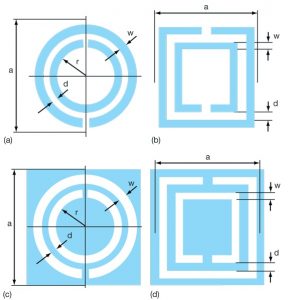
In the previous post we talked about metamaterials and some of its properties. It is truly an amazing technology and fairly simple to replicate by anyone skilled in electronics. Split-ring resonator unit cells (above) are but one of many possible designs that can be made into two-dimensional arrays and three-dimensional structures. The 3D structures are what are known as metamaterials. The technology is also scalable, and can be fabricated at the nano-scale, opening the door to advancements in the infra-red band.
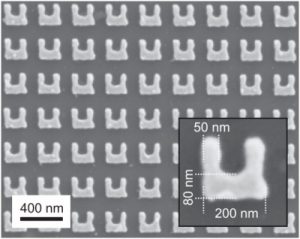
Recently, it was demonstrated that metamaterials could be fashioned into wearable ‘microwave cloaking’ garments. A team of experts from Iowa State University published a research paper detailing the use of a new flexible metamaterial, able to cloak objects from radar detection. Metamaterials are man-made matters with properties not found in nature. The metamaterials are structures with negative refractive index. It is a property that never occurs in nature. In nature, materials have a positive refractive index.

A research team from Iowa State University published a research paper detailing the use of a new flexible metamaterial, able to cloak objects from radar detection. This new metamaterial known as “meta-skin” consists of a matrix of liquid metal resonators, embedded in layers of silicone rubber. The resonators are small rings with a thickness of half a millimeter and an outer radius of 2.5 millimeters. Between them, there is a 1-millimeter gap that creates a small, curved segment of liquid wire.
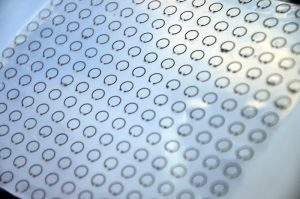
The gaps create electric capacitors, and the rings create magnetic inductors. Put together they create a resonator that can trap and suppress radar waves at certain frequency. By stretching the meta-skin, the size of the liquid metal rings changes thus the frequency of the waves the device can suppress changes too. Neat trick!
The liquid metal alloy is a mix of indium and gallium that the scientists decided to call Galinstan. The metal alloy is liquid at the room temperature just like the mercury, but it is not toxic. The Galinstan-made split-ring resonators work by absorbing the radar waves within specific frequencies and not reflecting them back to the source.
By embedding the resonators in a flexible material, the team has created a new type of anti-radar fabric that can coat any object. You can use it to cover a car, a plane or even a human body, just like “Meta-skin”. Or, a new type of fabric for the fashion industry. The polymer meta-skin does not absorb all radar waves, but only about 75% of radar waves from 8 – 10 Ghz were absorbed by the “metafabric” used to cover the object used in the experiment.
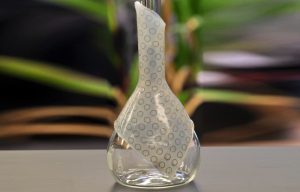
The lead authors of the project are Jiming Song, professor and Liang Dong, associate professor, both from the department of electrical and computer engineering at Iowa State University.
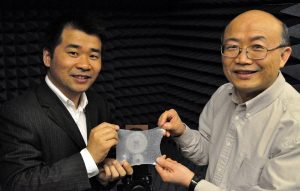
“The long-term goal of the project is to shrink the size of these devices. Then, we can work with higher-frequency electromagnetic waves such as infrared or visible light” said professor Liang Dong.
As you can see, these scientists are convinced that one day this technology may lead to real invisibility cloaking in the visible light spectrum. We can’t wait!
